The demand for seafood has skyrocketed over the years, but this growth comes at a cost—overfishing, habitat destruction, and declining marine biodiversity. Sustainable seafood is an effort to balance our love for seafood with the need to protect our oceans. More consumers, chefs, and restaurants are now prioritizing seafood that is responsibly sourced, ensuring future generations can continue to enjoy the bounty of the sea.
1. The Problem with Overfishing
Many fish species, such as bluefin tuna and Atlantic cod, are on the brink of depletion due to overfishing. Unsustainable fishing methods like bottom trawling destroy marine ecosystems, while bycatch—accidentally catching non-target species—threatens sea turtles, dolphins, and other marine life.
2. What is Sustainable Seafood?
Sustainable seafood is sourced in ways that maintain healthy fish populations and minimize environmental impact. This includes:
- Wild-caught seafood from well-managed fisheries that avoid overfishing.
- Farmed seafood (aquaculture) that uses responsible methods, such as recirculating systems and plant-based feed.
- Low-impact fishing techniques like pole-and-line fishing, which reduce bycatch.
3. How to Identify Sustainable Seafood
Consumers can make informed choices by looking for certifications such as:
- Marine Stewardship Council (MSC): Ensures wild-caught seafood is sustainably harvested.
- Aquaculture Stewardship Council (ASC): Certifies responsibly farmed seafood.
- Seafood Watch (Monterey Bay Aquarium): Provides guides on which fish to eat and which to avoid.
4. The Role of Chefs & Restaurants
Top chefs are leading the charge in sustainable seafood by sourcing from responsible fisheries and educating diners about ocean-friendly choices. Restaurants now highlight sustainable seafood on their menus, offering alternatives like farmed mussels, Pacific halibut, and lionfish—an invasive species that helps control marine imbalances when harvested.
5. The Future of Seafood Sustainability
Innovative solutions like plant-based seafood and lab-grown fish are emerging as viable alternatives to traditional seafood. Companies are developing cell-cultured fish that replicate the taste and texture of real seafood without harming marine life.
Sustainable seafood is crucial for the health of our oceans and the future of food. By making conscious choices—whether dining out or grocery shopping—we can all contribute to preserving marine ecosystems while still enjoying delicious seafood. Supporting responsible fisheries and sustainable aquaculture is not just a trend—it’s a necessity.
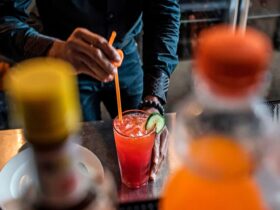

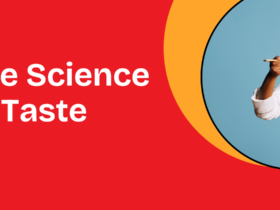


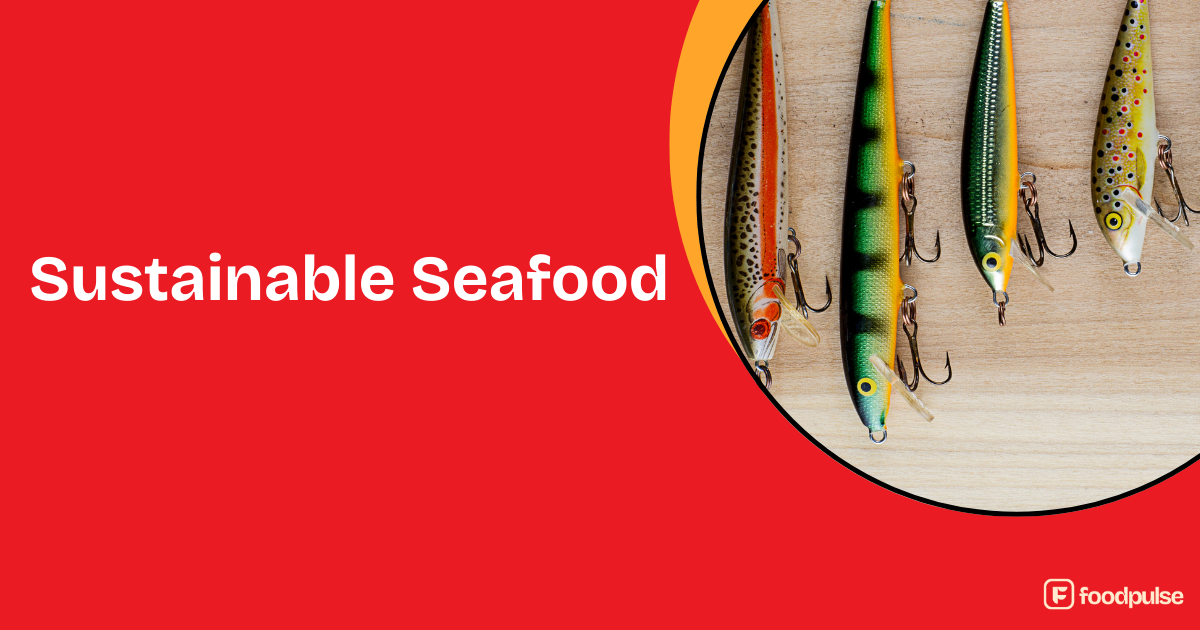

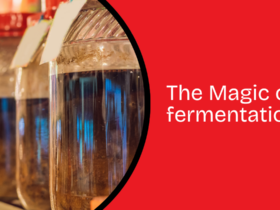



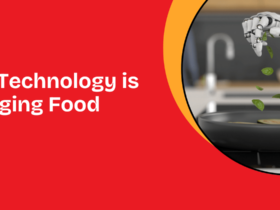


Leave a Reply